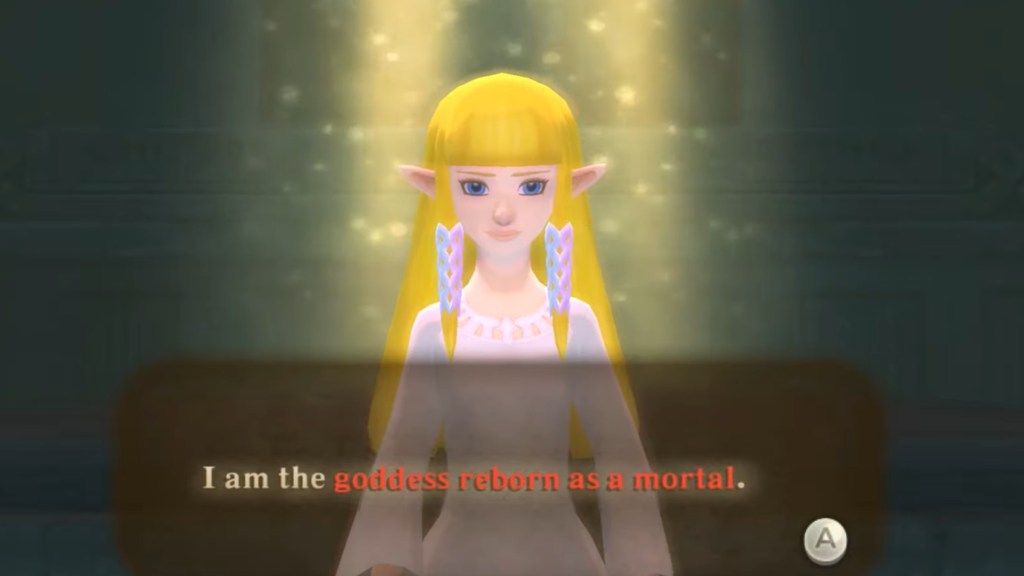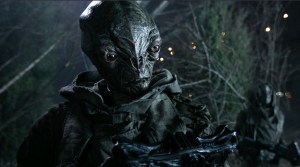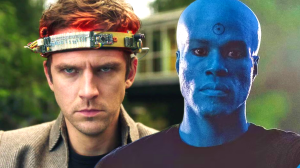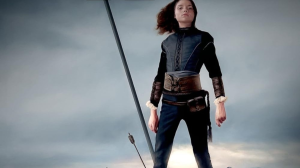The Legend of Zelda series has always been cyclical in nature, telling a similar story throughout the ages in a saga of heroes living up to legends. The fun comes from each game’s approach to that underlying structural story and what mechanics they lean into for the player experience. However, as the series continued, a grander connected lore began to develop.
Videos by ComicBook.com
The timeline was left deliberately vague for a while, with some games referencing one another in subtle ways. However, the timeline was given a further explanation in 2011, when The Legend of Zelda: Skyward Sword launched on November 18. Set before almost every other entry in the franchise, Skyward Sword opened the door for much of the lore that plays at the heart of recent Zelda games, setting up the future of the series by radically changing
How Skyward Sword Ret-Conned Legend Of Zelda Lore

Due to the largely stand-alone nature of the Legend of Zelda franchise, the overarching rules and lore of the franchise have left a lot to the imagination. This shifted somewhat with The Legend of Zelda: Ocarina of Time, which set itself up as one of the earliest games in the growing canon by retelling the origin myth of this universe and depicting the transformation of Ganondorf into Ganon. That game formally established the three Goddesses who made Hyrule. It also included a version of the Imprisoning War, a major event referenced in The Legend of Zelda: A Link to the Past, further placing it into the history of the world.
This game has a massive impact on future depictions of the franchise, highlighting the ancient powers of the three Goddesses and setting up Ganondorf’s fury directed at the descendants of the heroes who thwarted him. Subsequent games further complicated the timeline with their own unique takes on other eras, but for a long time, Ocarina of Time was still positioned as a foundational chapter in the tale of Hyrule. However, things changed with Skyward Sword, which was set long before the Hylians had even formally made their way to Hyrule.
In that game, the Goddesses were revealed to have left a divine steward in their place to watch over the world. Hylia became Hyrule’s first defender, leading the charge against the Demon King Demise and using the Goddess Sword to seal him away. Skyward Sword gradually revealed that the Zelda of that game was the reincarnation of Hylia and that she would be reborn throughout the ages into the other incarnations of the character. The Goddess Sword served as a major quest item in Skyward Sword, with the player tasked with upgrading it through mystical resources to create the Master Sword — which had previously been given conflicting origins in other games.
Now, the blade is a divine weapon with a specific history to it (and even a spirit, thanks to its fate as the container for Skyward Sword‘s Fi). Skyward Sword‘s English translation also posited that when Demise was defeated, the demonic force used the last of his power to curse Link and Zelda. This doomed them to confront reincarnations of his own power, which were eventually confirmed in The Legend of Zelda: Breath of the Wild to be the source of Ganon’s own immortality and place in the cycle of rebirth central to the franchise.
Why Skyward Sword’s Changes Are Important To The Zelda Franchise

All of these changes were quietly big shifts for the established canon of the franchise, and have subsequently impacted other titles in the series. It’s important to remember that before the release of The Legend of Zelda: Hyrule Historia by Akira Himekawa, Eiji Aonuma, and Shigeru Miyamoto in 2011, there had been few clear depictions of a cemented Legend of Zelda lore. This played into the largely stand-alone nature of the series, with several entries differing in terms of setting, style, and tone thanks to the expansive timeline present connecting the games.
Skyward Sword launched alongside the book, both of which reflected a more cemented structure of how the previous games interwined. Skyward Sword opens up the lore and rewrites the history of consistent elements of the series, like the Master Sword and the cycle of reincarnation. Despite Breath of the Wild and Tears of the Kingdom both taking place in a far-distant setting from any previously established version of Hyrule, Hylia’s connection to Zelda and the history of the world was established through statues littering the land.
Ganon’s revival and attempt to sacrifice the power necessary for the reincarnation cycle to continue for one last chance at revenge pays off the curse that Demise cast while dying, retroactively connecting every Ganon death as part of a larger cycle. It brought a lot of influential lore directly into the forefront of the games, giving the consistent themes of recent Zelda games about living up to a legendary legacy a direct history to build upon. While the game itself may have been met with a mixed reception, the value of its legacy on the overall presentation of the franchise lore is still important to the future of the Legend of Zelda series.








